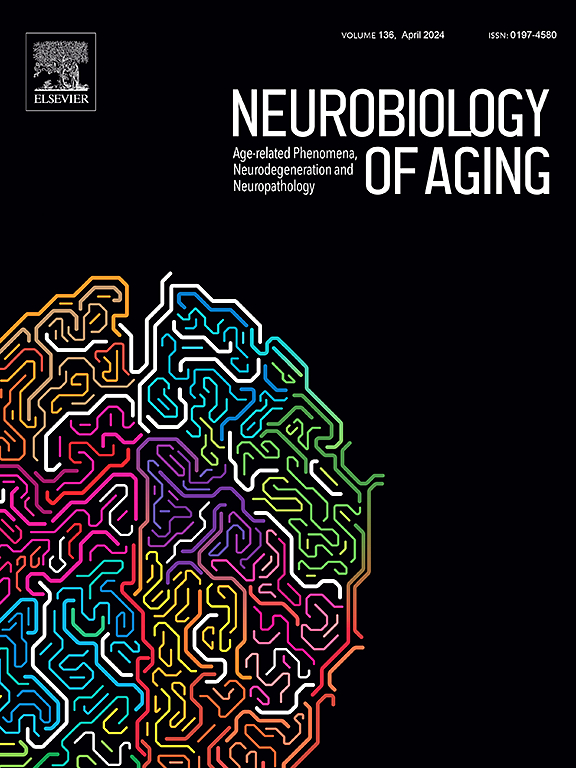
Citation :
Ai, M., Morris, T. P., Noriega de la Colina, A., Thovinakere, N., Tremblay-Mercier, J., Villeneuve, S., H Hillman, C., Kramer, A. F., Geddes, M. R., & PREVENT-AD Research Group (2024). Midlife physical activity engagement is associated with later-life brain health. Neurobiology of aging, 134, 146–159. https://doi.org/10.1016/j.neurobiolaging.2023.11.004
Full text : Here
Samson AD, Rajagopal S, Pasvanis S, Villeneuve S; PREVENT-AD Research Group; McIntosh AR, Rajah MN.
published in Neurobiology of Aging , February 2024.
ABSTRACT :
The relationship between midlife physical activity (PA), and cognition and brain health in later life is poorly understood with conflicting results from previous research. Investigating the contribution of midlife PA to later-life cognition and brain health in high-risk populations will propel the development of health guidance for those most in need. The current study examined the association between midlife PA engagement and later-life cognition, grey matter characteristics and resting-state functional connectivity in older individuals at high-risk for Alzheimer’s disease. The association between midlife PA and later-life cognitive function was not significant but was moderated by later-life PA. Meanwhile, greater midlife moderate-to-vigorous PA was associated with greater grey matter surface area in the left middle frontal gyrus. Moreover, greater midlife total PA was associated with diminished functional connectivity between bilateral middle frontal gyri and middle cingulum, supplementary motor areas, and greater functional connectivity between bilateral hippocampi and right cerebellum, Crus II. These results indicate the potentially independent contribution of midlife PA to later-life brain health.
